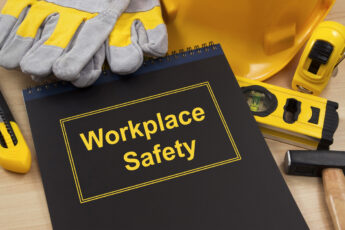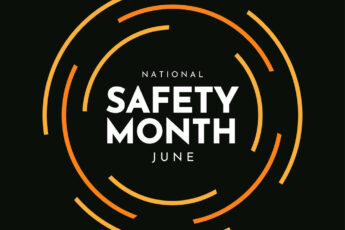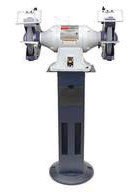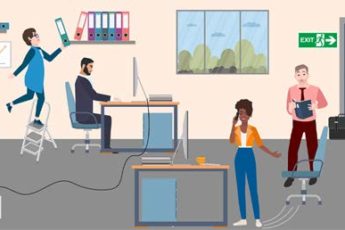By Donna Motley, Vice President of Claims
When someone tells you they have “good news” and “bad news” – which news do you want to hear first? For me, it depends on what kind of mood I’m in at the moment. As we all know, we are still feeling the aftershock of COVID-19 – and maybe will for a long time to come. One of the negative events was termed “The Great Resignation”. Employees resigned from their employment in record numbers. A large segment of those ending their employment were of, or nearing, retirement age. This resulted in a large loss of “experienced and skilled” employees. This loss of experience has a major impact on the employer, regardless of the industry; industrial, hospitality, construction, trucking, etc. This is bad news for employers.
After two years, The Great Resignation has morphed into “The Great Reshuffle”, meaning a significant number of employees that resigned (or were let go) are now working their way back into the workforce. Some workers returning to the same industry they worked in the past; some workers are attempting new career paths. Reports indicate that in May 2020, 54% of workers 55 and older were either working remotely or unable to work at all (in their particular industry). Today, that figure has decreased to 15%. The U.S. Bureau of Labor Statistics indicates that by year 2030, one in four U.S. workers will be 55 or older. That is the good news!
(more…)





















